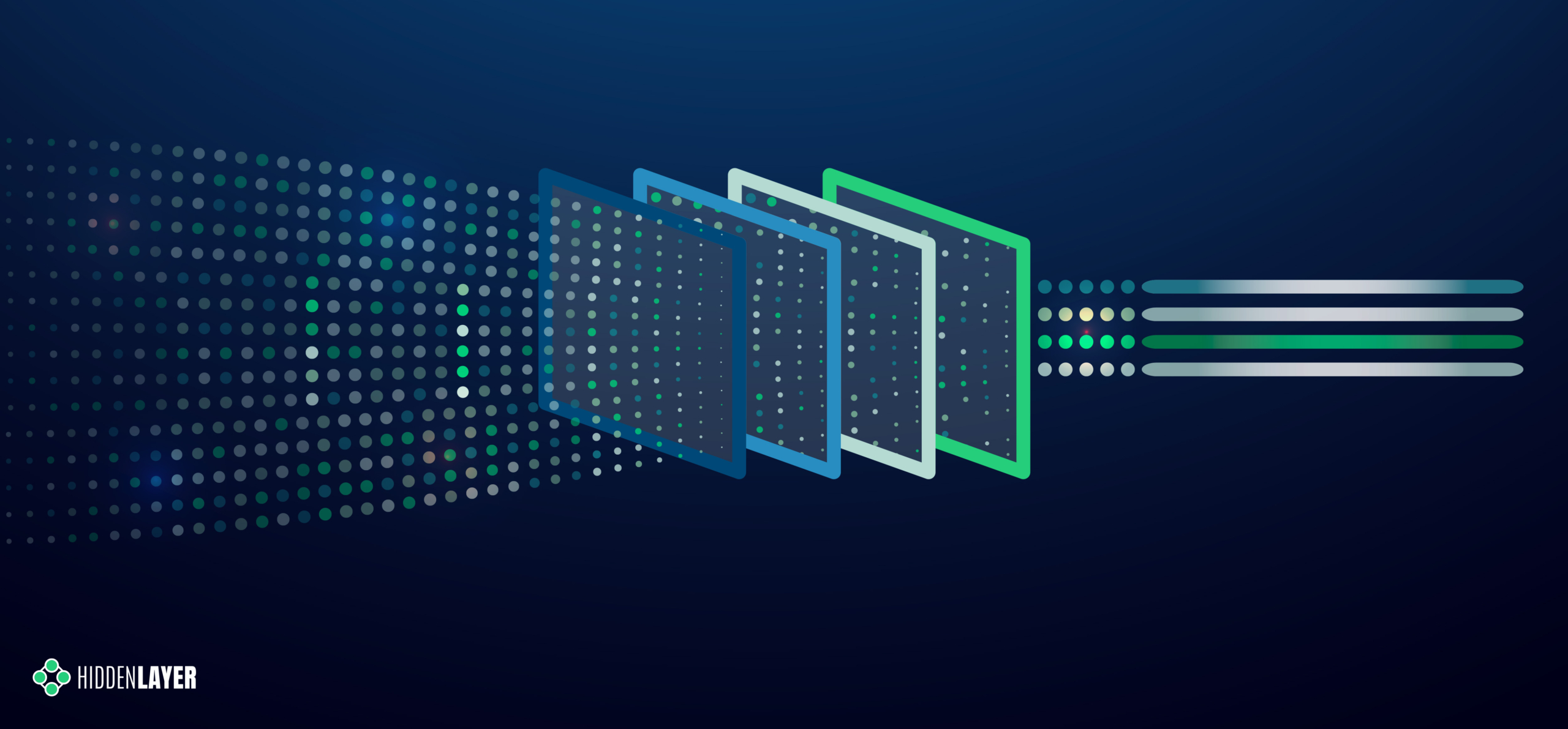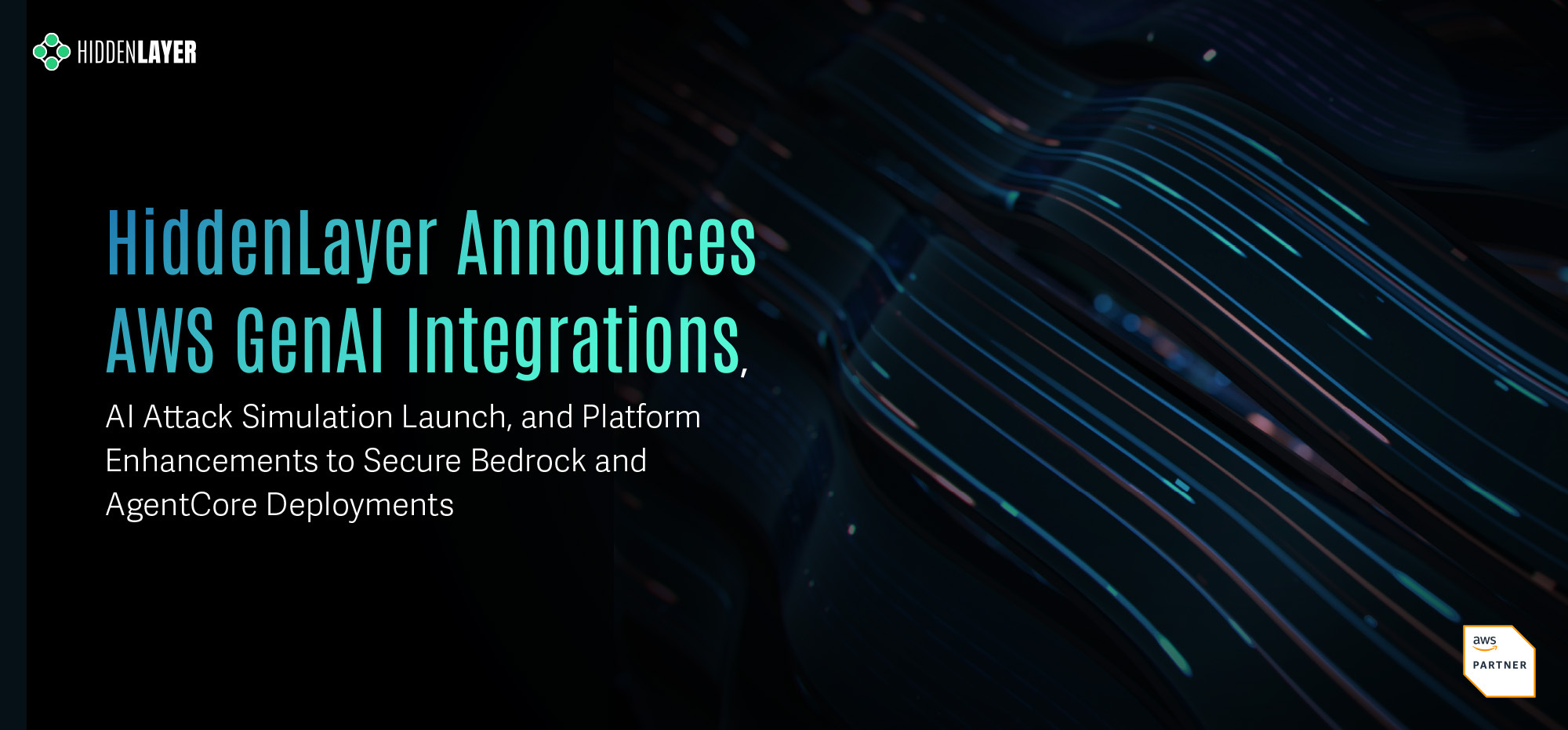Artificial Intelligence (AI) is no longer just a buzzword—it’s a cornerstone of innovation across industries. However, with great potential comes significant risk. Effective AI Risk Management is critical to harnessing AI’s benefits while minimizing vulnerabilities. From data breaches to adversarial attacks, understanding and mitigating risks ensures that AI systems remain trustworthy, secure, and aligned with organizational goals.
The Importance of AI Risk Management
AI systems process vast amounts of data and make decisions at unprecedented speeds. While these capabilities drive efficiency, they also introduce unique risks, such as:
- Adversarial Attacks: These attacks alter input data to mislead AI systems into making inaccurate predictions or classifications. For example, attackers may create adversarial examples designed to disrupt the algorithm’s decision-making process or intentionally introduce bias.
- Prompt Injection: These attacks exploit large language models (LLMs) by embedding malicious inputs within seemingly legitimate prompts. This enables hackers to manipulate generative AI systems, potentially causing them to leak sensitive information, spread misinformation, or execute other harmful actions.
- Supply Chain: These attacks involve threat actors targeting AI systems through vulnerabilities in their development, deployment, or maintenance processes. For example, attackers may exploit weaknesses in third-party components integrated during AI development, resulting in data breaches or unauthorized access.
- Data Privacy Concerns: AI systems often rely on sensitive data, making them attractive targets for cyberattacks.
- Model Drift: Over time, AI models can deviate from their intended purpose, leading to inaccuracies and potential liabilities.
- Ethical Dilemmas: Biases in training data can result in unfair outcomes, eroding trust, and violating regulations.
AI Risk Management is the framework that identifies, assesses, and mitigates these challenges to safeguard AI operations.
The NIST AI Risk Management Framework
The National Institute of Standards and Technology (NIST) has developed a comprehensive AI Risk Management Framework (AI RMF) to guide organizations in managing AI risks effectively. NIST’s AI RMF provides a structured approach for organizations to align their AI initiatives with best practices and regulatory requirements, making it a cornerstone of any comprehensive AI Risk Management strategy.
This framework emphasizes:
- Governance: Establishing clear accountability and oversight structures for AI systems.
- Map: Identifying and categorizing risks associated with AI systems, considering their context and use cases.
- Measure: Assessing risks through quantitative and qualitative metrics to ensure that AI systems operate as intended.
- Manage: Implementing risk response strategies to mitigate or eliminate identified risks.
Core Principles of Effective AI Risk Management
To develop a comprehensive AI Risk Management strategy, organizations should focus on the following principles:
- Proactive Threat Assessment: Identify potential vulnerabilities in AI systems during the development and deployment stages.
- Continuous Monitoring: Implement systems that monitor AI performance in real-time to detect anomalies and model drift.
- Transparency and Explainability: Ensure AI models are interpretable and their decision-making processes can be audited.
- Collaboration Across Teams: To address risks comprehensively, involve cross-functional teams, including data scientists, cybersecurity experts, and legal advisors.
HiddenLayer’s Approach to AI Risk Management
At HiddenLayer, we specialize in securing AI systems through innovative solutions designed to combat evolving threats. Our approach includes:
Adversarial ML Training: Enhancing machine learning models’ comprehensiveness by simulating adversarial scenarios and training them to recognize and withstand attacks. This proactive measure strengthens models against potential exploitation.
AI Risk Assessment: A comprehensive analysis to identify vulnerabilities in AI systems, evaluate the potential impact of threats, and prioritize mitigation strategies. This service ensures organizations understand the risks they face and provides a clear roadmap for addressing them.
- Security for AI Retainer Service: A dedicated support model offering continuous monitoring, updates, and rapid response to emerging threats. This ensures ongoing protection and peace of mind for organizations leveraging AI technologies.
- Red Team Assessment: A hands-on approach where our experts simulate real-world attacks on AI systems to uncover vulnerabilities and recommend actionable solutions. This allows organizations to see their systems from an attacker’s perspective and fortify their defenses.
Why AI Risk Management Is Non-Negotiable
Organizations that neglect AI Risk Management expose themselves to financial, reputational, and operational risks. By prioritizing security for AI, businesses can:
- Build stakeholder trust by demonstrating a commitment to responsible AI use.
- Comply with regulatory standards, such as the EU AI Act and NIST guidelines.
- Enhance operational resilience against emerging threats.
Preparing for the Future of AI Risk
As AI technologies evolve, so do the risks. In addition to deploying an AI Risk Management Framework, organizations can stay ahead by:
- Investing in Training: Educating teams about AI-specific threats and best practices.
- Leveraging Advanced Security Tools: Deploying solutions like HiddenLayer’s platform to protect AI assets.
- Engaging in Industry Collaboration: Sharing insights and strategies to address shared challenges.
Conclusion
AI Risk Management is not just a necessity—it’s strategically imperative. By embedding security and transparency into AI systems, organizations can unlock artificial intelligence’s full potential while safeguarding against its risks. HiddenLayer’s expertise in security for AI ensures that businesses can innovate with confidence in an increasingly complex threat landscape.
To learn more about how HiddenLayer can help secure your AI systems, contact us today.




